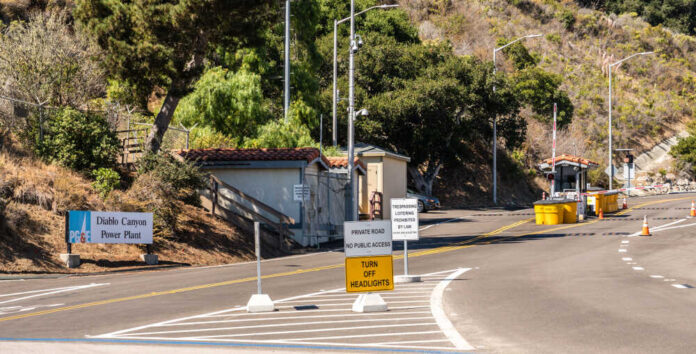
California’s last remaining nuclear power facility, the Diablo Canyon Power Plant, may be given a new lease on life due to the state’s growing demand for clean energy and the need for grid reliability in the face of an energy crisis. The plant was scheduled to shut down next year, but the California Energy Commission approved a plan to run it through 2030 on Tuesday.
The decision was made following a series of blackouts that swept the state last summer due to the grid’s reliance on wind and solar power, which struggled to meet the energy demand. The commission’s vote is not binding. Reopening efforts advanced when the US National Regulatory Commission agreed to extend plant operations beyond 2025. The plant operator must submit its complete licensing application by the end of this year to sustain long-term operations.
Newsom's administration hopes to save its sole remaining nuclear power plant amid California's energy crisis.
Officials approved a plan to run the Diablo Canyon Power Plant through 2030, five years later than it was scheduled to close.
Via @SusannahLuthihttps://t.co/0MqyTadtd8
— Washington Free Beacon (@FreeBeacon) March 2, 2023
The Diablo Canyon plant produces about 18,000 gigawatt-hours of electricity annually, around 9% of California’s total electricity use. The plant is seen as a bridge to the clean energy future until more renewable sources, including offshore wind, are brought online. Without the plant, California’s power grid would suffer significantly worse blackouts, increased pollution, and higher energy costs, according to Craig Piercy, CEO of the American Nuclear Society.
Environmental activists complain that nuclear power has a downside of radioactive waste, which can remain radioactive for thousands of years, posing environmental and health harm. The radioactive material generated from nuclear power plants is defined as “high-level waste” by the Environmental Protection Agency. The US currently does not have a disposal facility for such waste, meaning most radioactive waste is stored at the facility that produces it.
Critics also claim that Diablo’s continued operation will mean that nuclear power will compete with green energy options, especially during daylight hours when solar energy is at its peak.
Gov. Gavin Newsom (D) has changed course regarding the facility, citing the need to keep all options on the table to protect public health and safety in the face of a rapidly changing climate. Newsom signed legislation to keep the plant open for another five years, authorizing a loan of $1.4 billion that reverses plans to decommission the facility. However, critics remain skeptical, with some calling it a political move to prevent blackouts on Newsom’s watch.

































